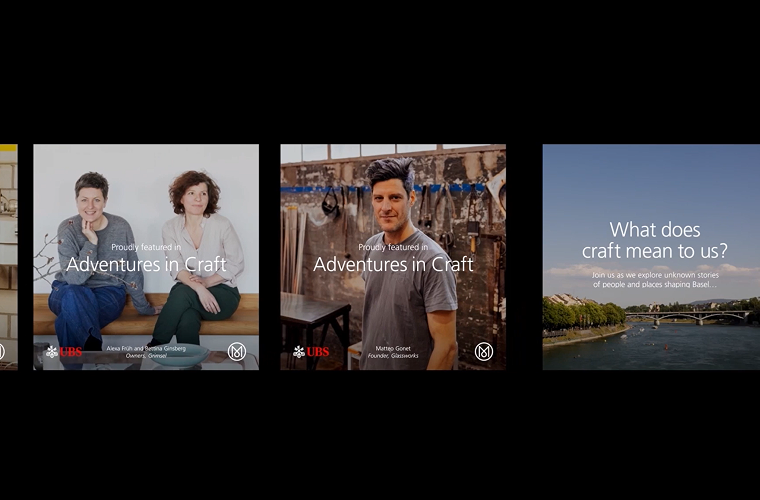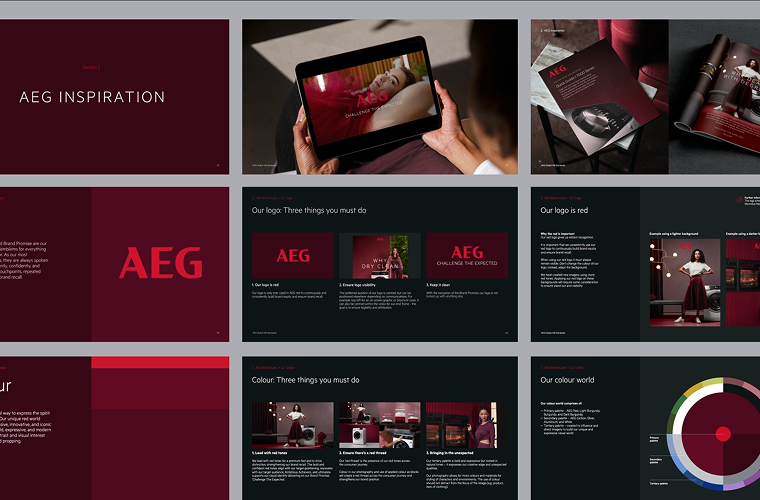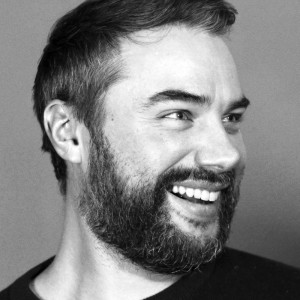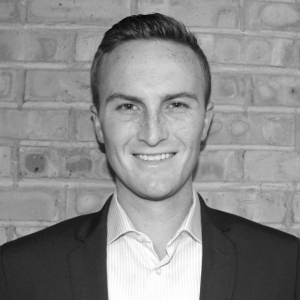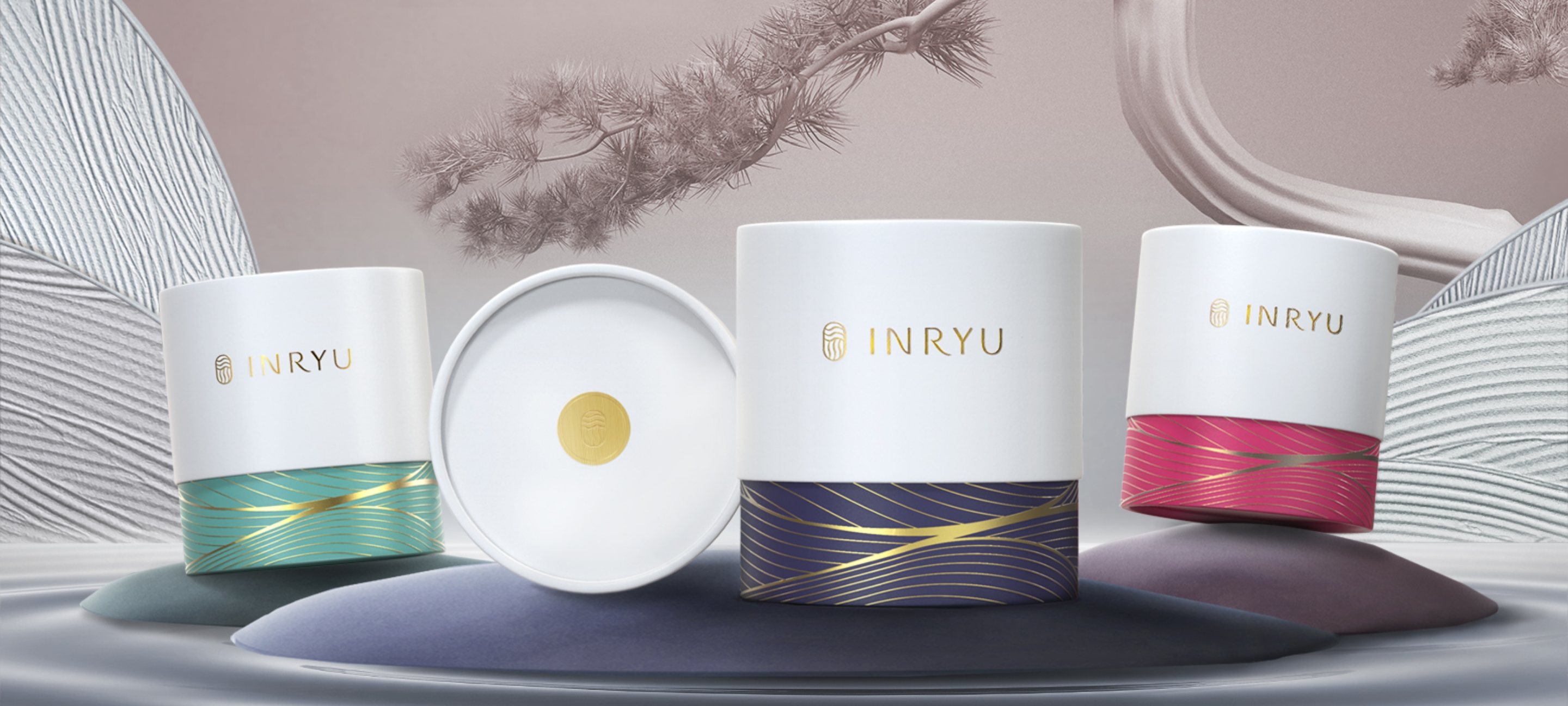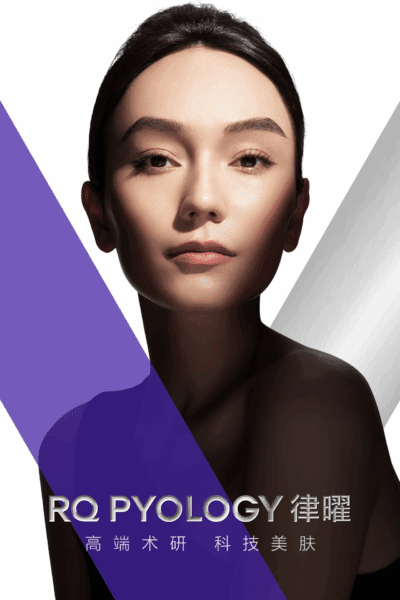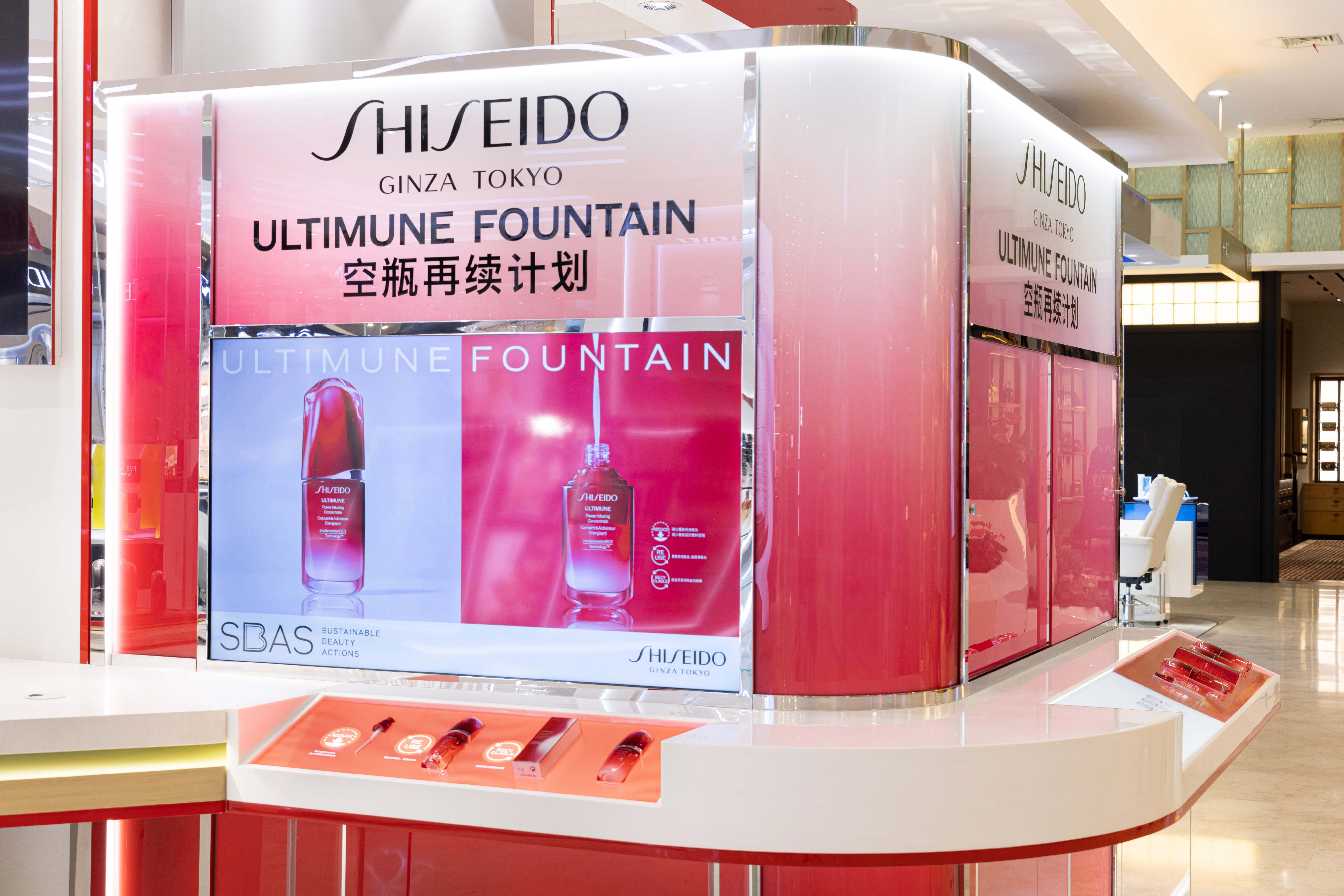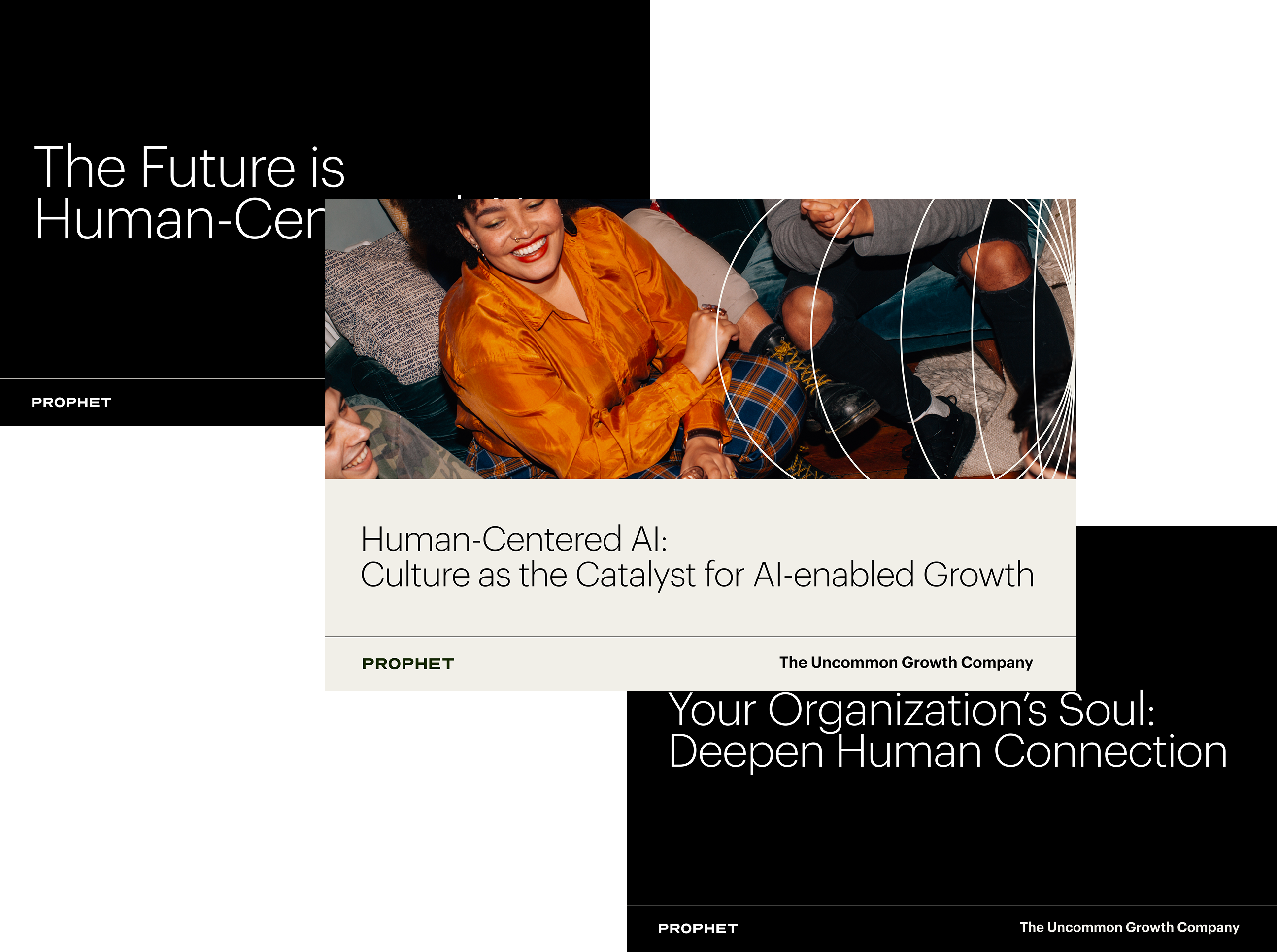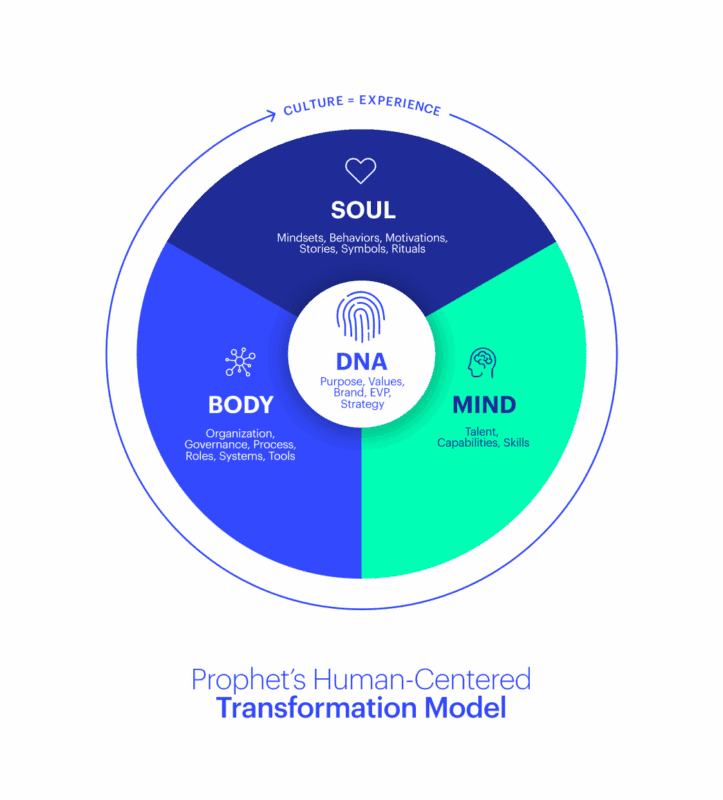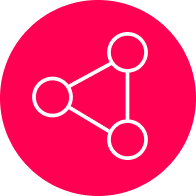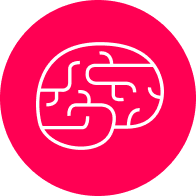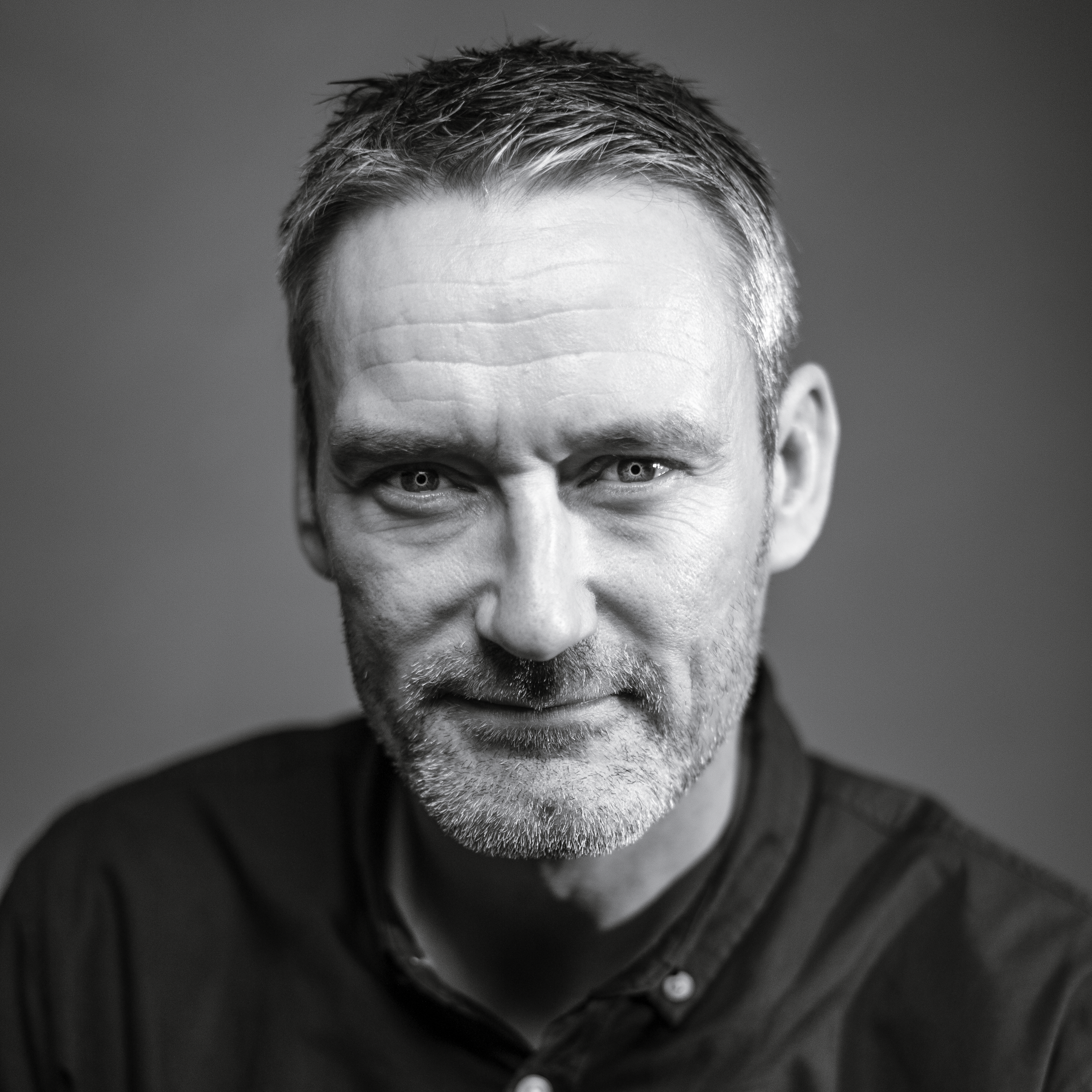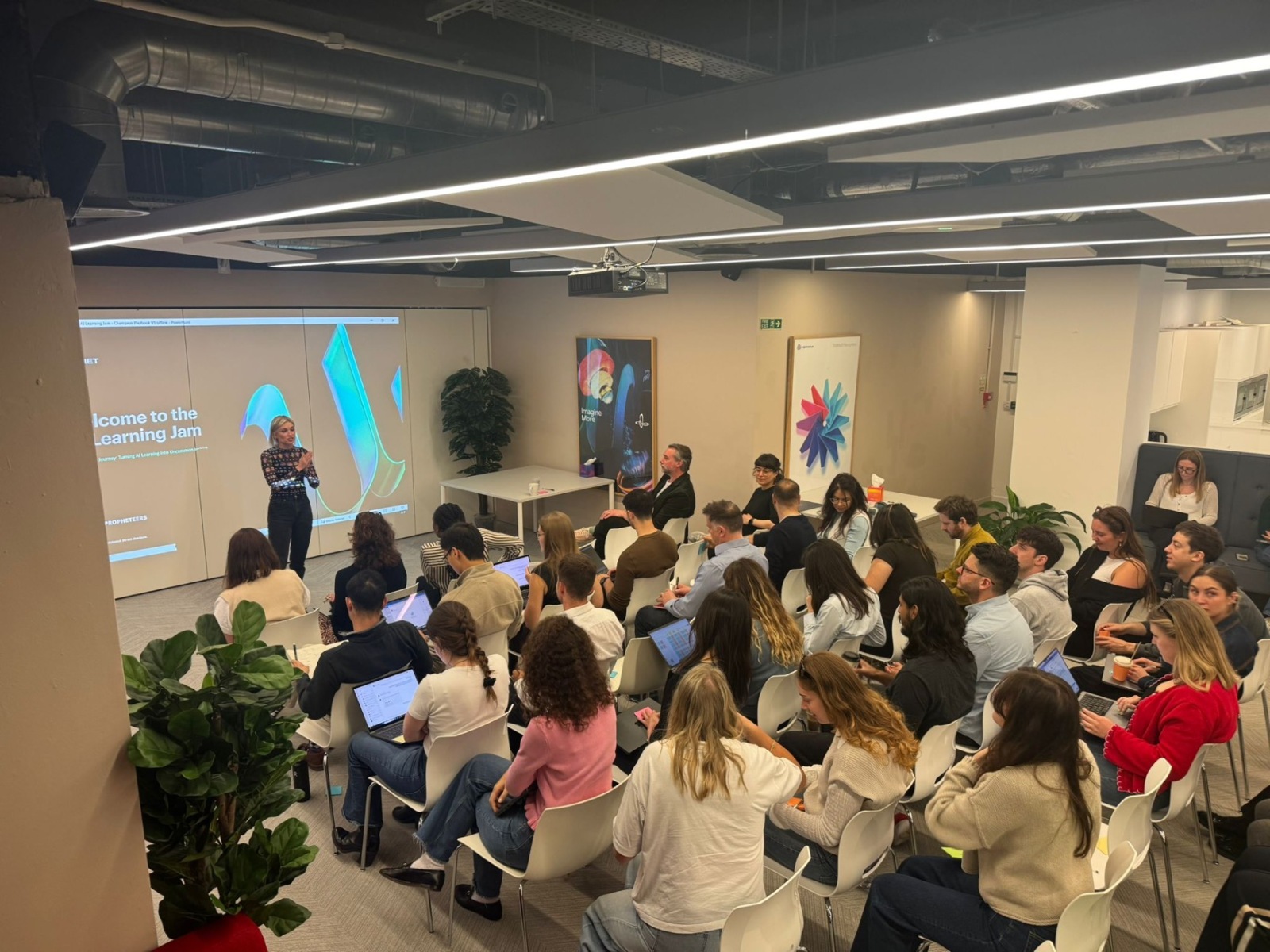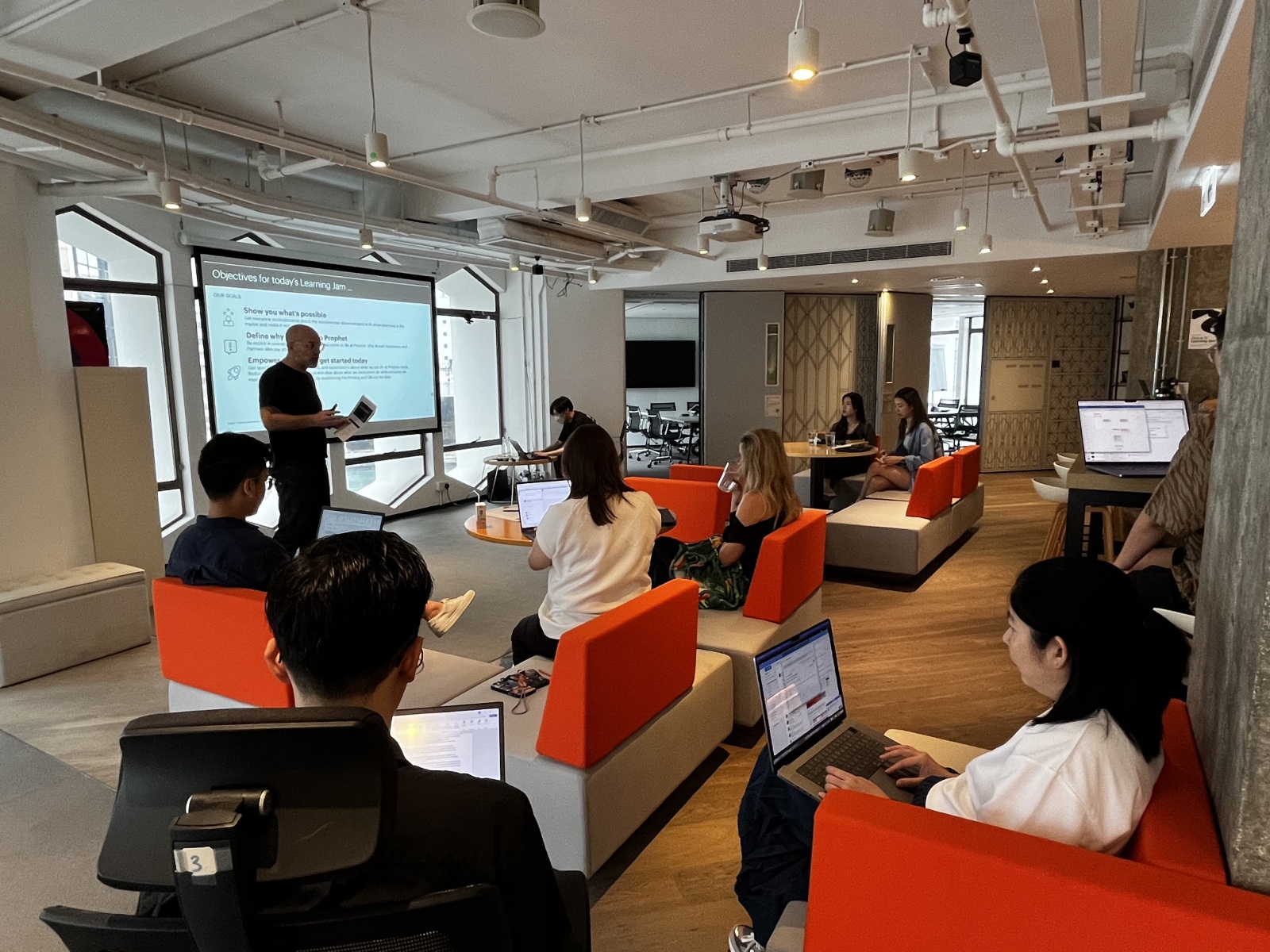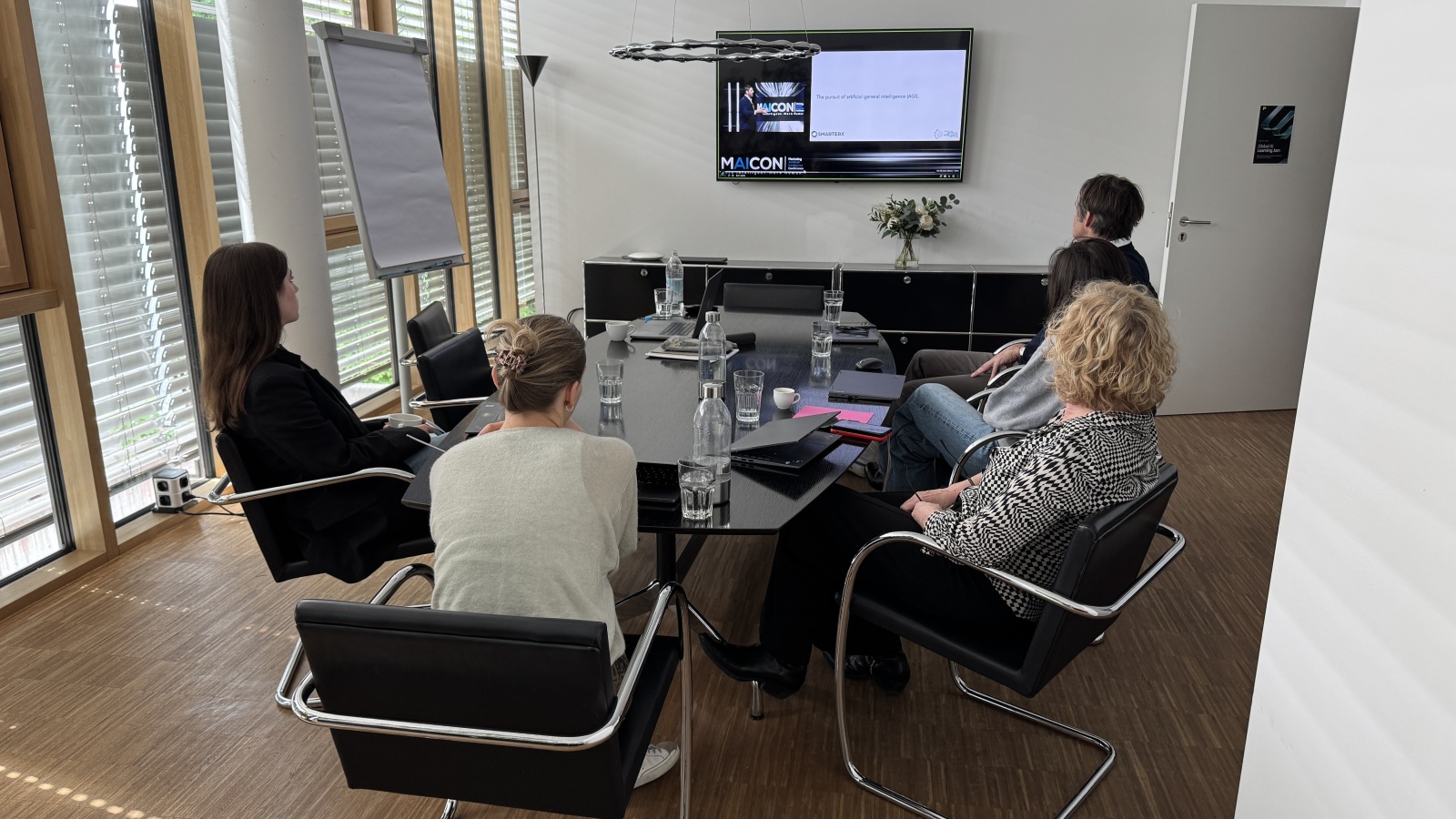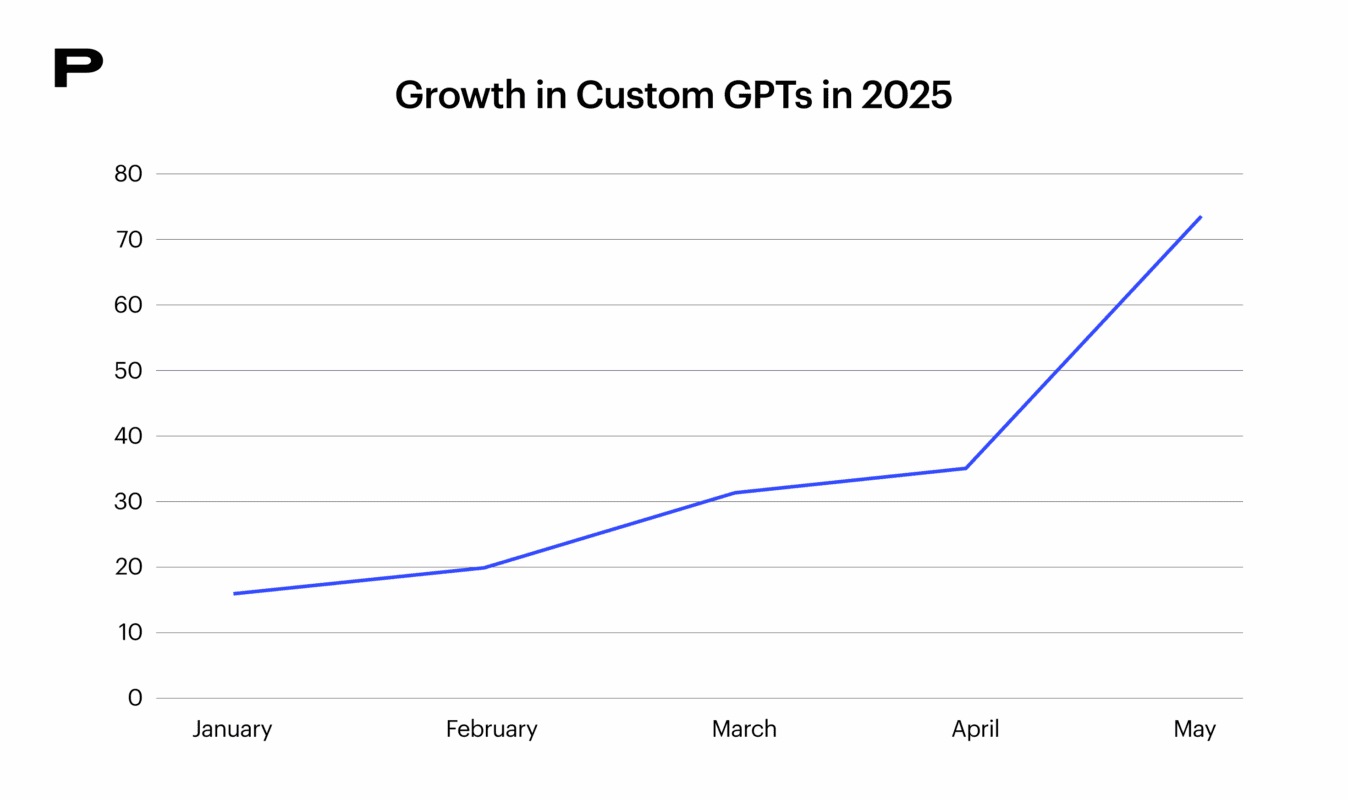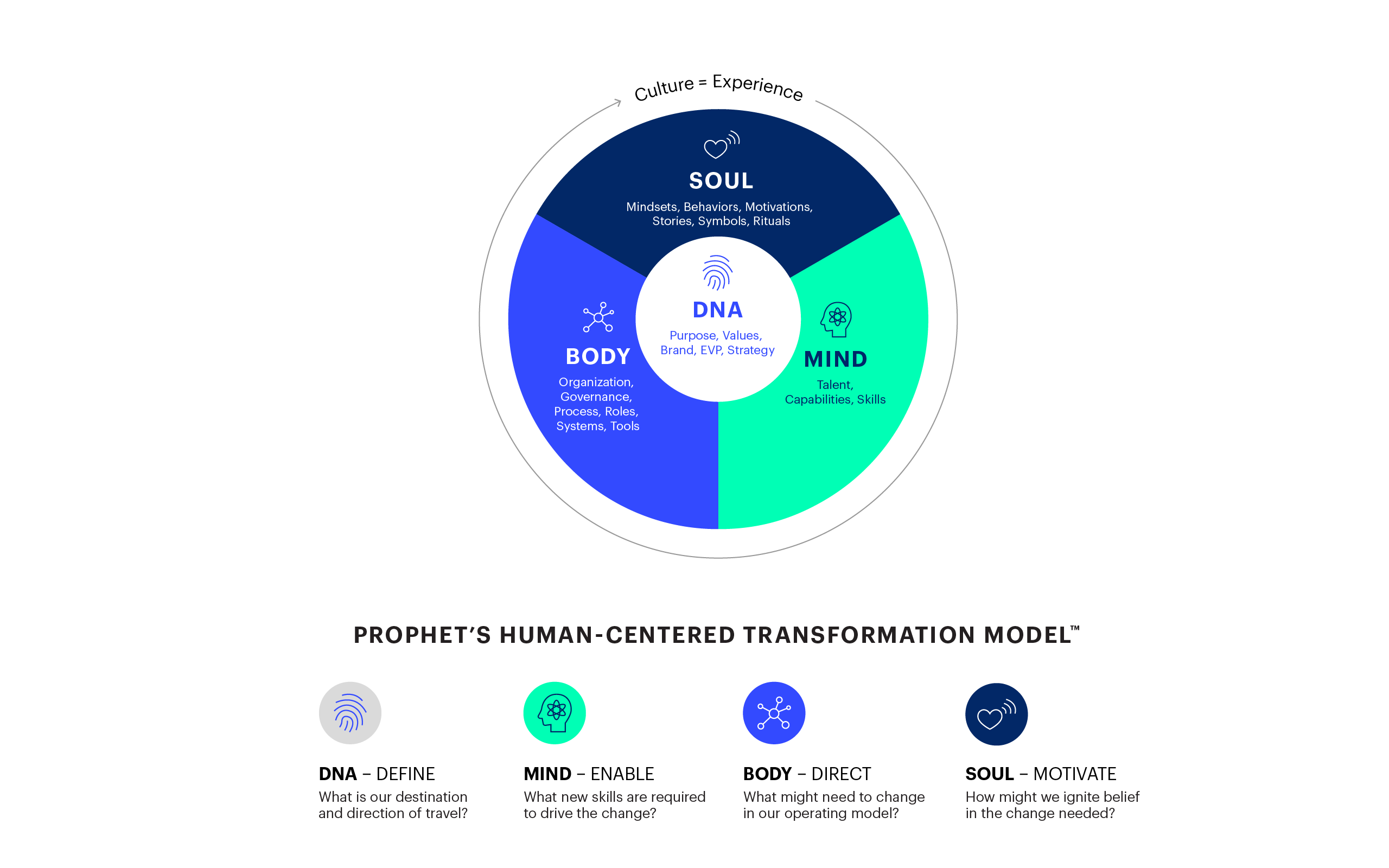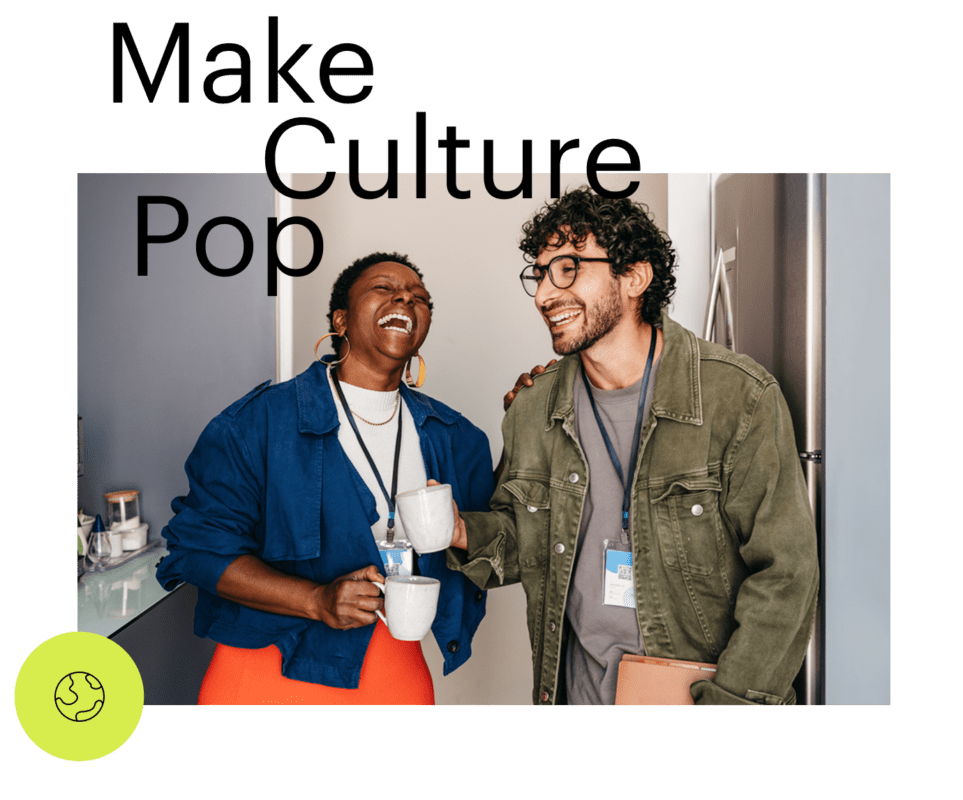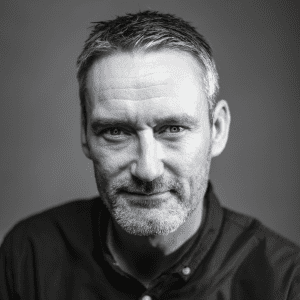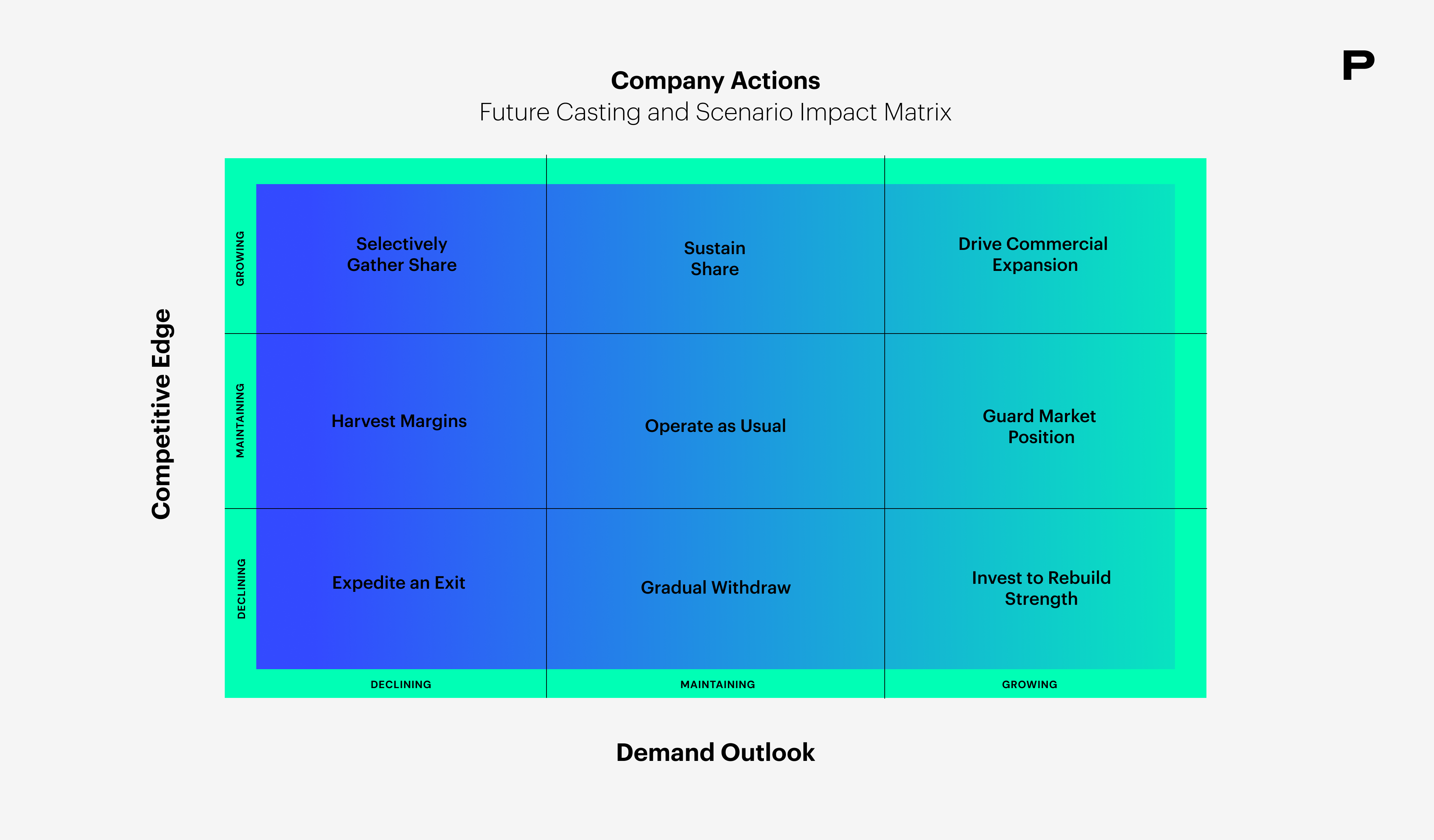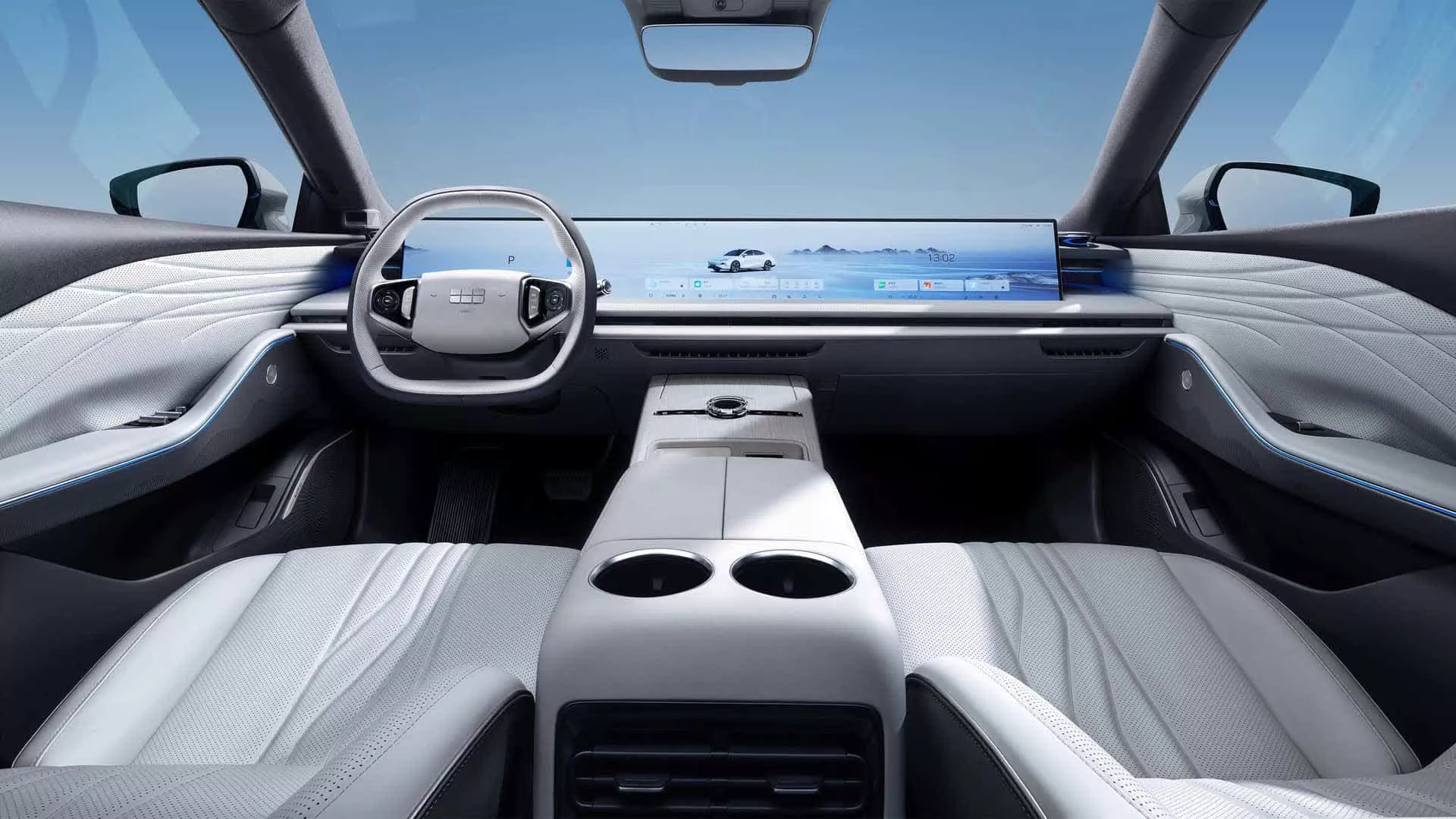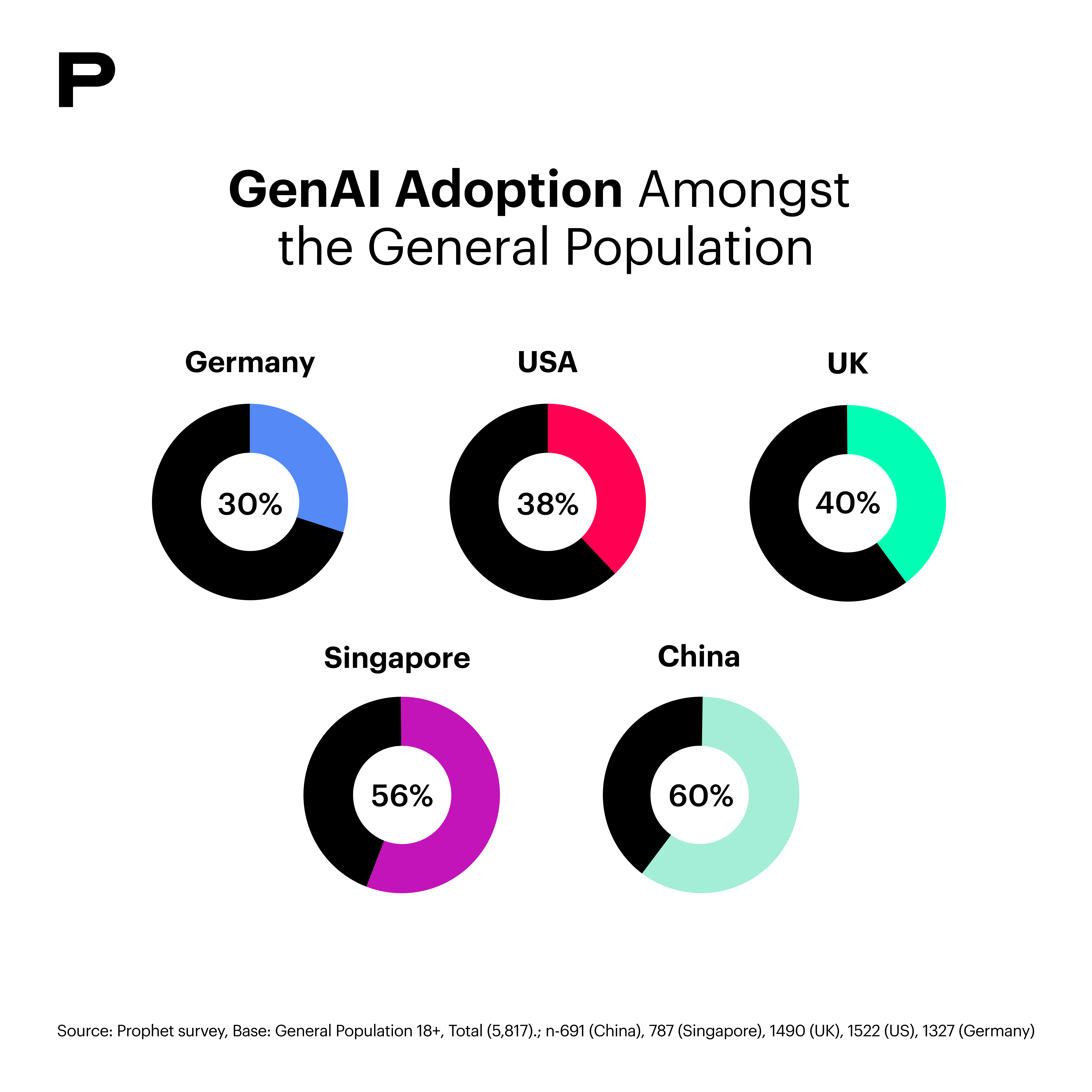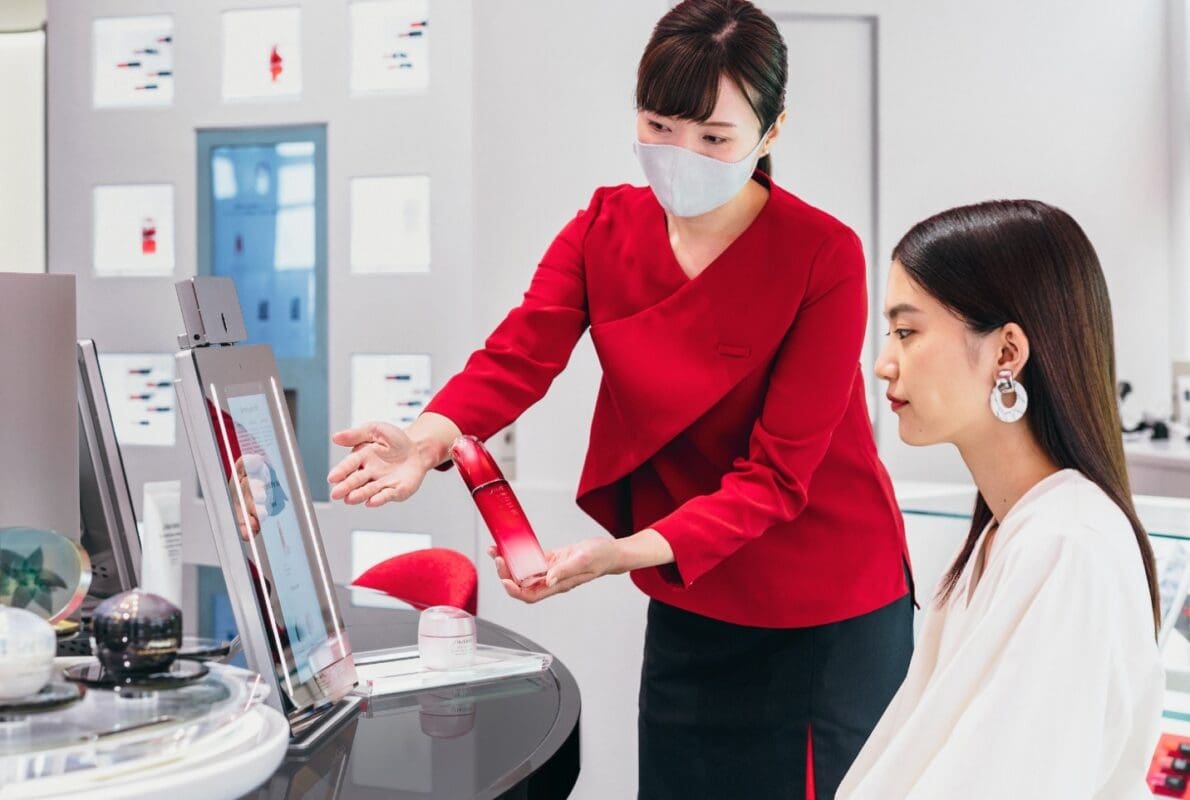BLOG
Rethinking Marketing Maturity in the Age of GenAI
How CMOs can leap forward—not just level up.
Every CMO we talk to these days knows two things:
- Generative AI will change how marketing works
- They don’t have time to wait and see how
What they’re asking now isn’t why, but how.
- How do we start—without getting stuck?
- How do we scale—without fragmenting the customer experience?
- How do we prove ROI—without drowning in pilots?
To answer these questions, Prophet has reimagined what a marketing maturity model should look like in the GenAI era.
Let’s Start With a Step Back
In 2018, Prophet debuted our Marketing Maturity Model to help our clients understand where their companies have the opportunity to transform their approach to marketing and unlock growth. It evaluated marketing capability across key dimensions: content, customer data, channels, operating model, measurement and technology.

Our 2018 Marketing Maturity Model
For the most part, with some iterative updates, it has stood the test of time, and we still use it to help guide our clients.
However, the pressure on CMOs has never been higher. Expectations around marketing-led growth continue to rise, while teams wrestle with talent gaps, disconnected data and flat or shrinking budgets. At the same time, customer expectations demand personalized, real-time experiences and traditional marketing processes can’t keep pace.
The Opportunity for GenAI in Marketing
GenAI—and increasingly, agentic AI systems—are reshaping how marketing operates. It’s not just about faster content or smarter segmentation. It’s about fundamentally changing how marketing teams plan, execute and optimize across the entire value chain:
- From content creation to campaign orchestration
- From persona-based targeting to predictive segmentation
- From manual reporting to real-time optimization
And GenAI can supercharge marketing performance:
- IDC Estimates that GenAI will increase Marketing productivity more than 40% by 2029.
- The Financial Times, reporting against an analysis of 167 companies deploying level-3 LLM based agents saw revenue increases of 9-21% for sales and marketing functions.
Early adopters are rapidly out-pacing competitors by embedding GenAI. They are meeting customers’ demands for hyper-personalization and Autonomous AI agents are giving teams more agility than traditional marketing processes allow. And companies that have already started are seeing the benefits of exponentiality whereby the agents learn and become more effective and efficient with time.
Content Creation and Creative Augmentation
Generative AI tools act as creative partners, drastically cutting down the time to produce marketing materials and opening possibilities for mass customization. A human-in-the-loop approach ensures brand voice and factual accuracy remain on point. Generative AI supports the creative process so marketing teams can focus on high-level messaging and strategy, confident that the AI can supply a steady stream of drafts or designs to choose from.
- Expanded Creative Capacity: GenAI rapidly generates copy, imagery and video—multiplying creative output with fewer resources.
- Personalized Creative at Scale: AI enables customization of content variants tailored to segments or individuals without extra lift from teams.
- Faster Iteration & Testing: Content variations (headlines, formats, CTAs) are automatically generated, A/B tested and optimized in real time.
- Brand Governance Built-In: AI systems can be trained or prompted to comply with brand tone, voice and regulatory requirements.
- Creative Co-Pilot to Creator: As capabilities evolve, GenAI will shift from augmenting human creatives to autonomously producing and deploying asset-ready materials across channels.
Dynamic Segmentation: A New Era of Customer Understanding
Understanding your customers at a granular level is foundational to effective marketing. GenAI supercharges customer segmentation by analyzing data at a depth and scale that humans cannot match. Marketers move from static segmentation to a responsive, intelligent system that adapts in real time to market and customer changes.
- Granular Precision: GenAI analyzes behavioral, transactional and engagement data at scale to uncover micro-segments and hidden patterns traditional methods miss.
- Real-Time Adaptability: AI-driven segmentation evolves continuously based on live data across channels—adjusting targeting as preferences, signals, or behaviors shift, allowing marketing to shift on the fly.
- AI-Generated Personas: Models can synthesize lookalike audiences and new personas, improving targeting precision and reducing waste in campaigns.
- Predictive Insight: GenAI strengthens segmentation with forward-looking intelligence—anticipating churn, lifetime value and conversion probability. It can predict which customers are most likely to make repeat purchases, which are at risk of churn, or which prospects are likely to convert, often with greater accuracy than traditional models, thanks to the AI’s ability to detect subtle patterns.
Hyper-Personalization of Customer Experiences
The holy grail of marketing is “the right offer, at the right time, via the right channel, to the right person.” Generative AI is bringing this ideal of hyper-personalization at scale closer to reality. By combining granular customer data with creative generation capabilities, GenAI can help craft experiences and messages tailored to segments of one.
- Dynamic Personalization: Combines real-time data and AI-generated content to create truly individualized experiences.
- Beyond Messaging: AI personalizes offers, journeys, pricing and digital environments—not just copy.
- B2C & B2B Impact: Tailors experiences across the customer lifecycle, from retail to complex B2B buying groups.
- Efficiency Gains: Automates content, outreach and optimization—freeing teams for strategic creative work.
- Business Outcomes: Increases conversion, customer satisfaction and loyalty by making customers feel understood.
Autonomous Campaigns and Marketing Operations
Perhaps the most transformative impact of GenAI will come from automation of marketing operations and the emergence of autonomous marketing agents. In today’s marketing, executing a campaign involves many manual and repetitive tasks. Agentic AI has the potential to choreograph many of these tasks automatically, effectively acting as an extra pair of (digital) hands – or an entire “digital marketing team” – that works 24/7 with perfect consistency
- From Tasks to Autonomy: Agentic AI automates campaign execution and internal workflows—acting as a 24/7 digital marketing team.
- Faster, Smarter Execution: AI agents optimize performance in real time—audience targeting, budget shifts, creative testing, etc.
- Seamless Funnel Engagement: Agents handle early-stage lead qualification, handoffs and conversational marketing.
- Cross-Functional Automation: Supports operations like content planning, compliance review and data integration.
- The Future of “Marketing Autopilot”: Phased evolution from AI-assisted tools → autonomous agents → fully automated marketing teams.
Introducing the Prophet GenAI Marketing Maturity Model
Many marketing leaders are concerned – are we too far behind already? Noting “Our current marketing wasn’t up to a sophisticated level of maturity before GenAI started to take over, so how can we possibly catch up?”
Traditional maturity models describe a journey from “ad hoc” to “optimized,” implying you must climb rung by rung. But GenAI has changed the rules. You no longer have to move in sequence—you can jump.
- Go from inconsistent content to scalable, brand-safe personalization in a quarter.
- Skip the years-long Martech roadmap and deploy agentic systems that act as 24/7marketing teams.
The trick is not just adopting GenAI tools—it’s embedding them into the operating model.
Our updated model maps GenAI capabilities across eight marketing functions—from customer segmentation to campaign orchestration—across three stages of maturity:

Where are you Today—and What can you do Tomorrow?
Whether you’re piloting your first GenAI tool or scaling autonomous agents, your path forward depends more on organizational readiness than AI capability. Here’s how to move:
Start Small, Scale Fast
- Pilot in areas with low risk and high visibility (content ops, lead scoring, message testing).
- Use these early wins to build internal confidence and proof points.
Design for Integration
- Establish a GenAI Center of Excellence or a cross-functional squad.
- Align with IT, legal and data to ensure brand governance, ethics and compliance.
Map to Growth Metrics
- Don’t just track clicks—link GenAI to business outcomes: ROMI, CLTV, speed to value.
- Create a dashboard that shows GenAI’s contribution to revenue and retention.
Shift Mindsets & Roles
- Upskill marketers to become orchestrators, not just executors.
- Redesign workflows to let AI handle the repeatable—and people handle the exceptional.
FINAL THOUGHTS
Talk to Prophet about how you can embed AI in your marketing and in your marketing operating model for the uncommon growth that great strategy, creativity, innovation and culture can together provide.




